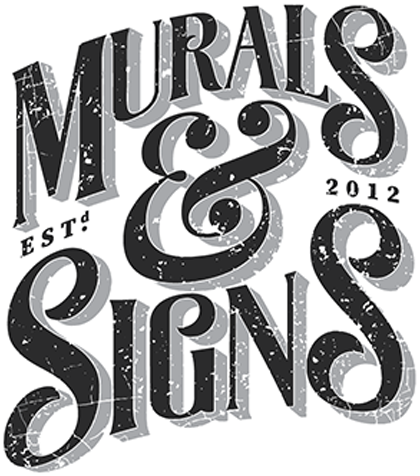Introduction
Setting the right pricing for your commercial mural services is a delicate balance. On one hand, you want to ensure that your skills and time are appropriately compensated; on the other, you need to remain competitive in a market with varying budgets. This article delves into the intricacies of determining pricing for commercial murals. From evaluating project complexity to factoring in material costs, we’ll guide you through the process of setting prices that reflect your expertise and value, while also attracting clients and staying ahead of the competition.
Evaluating Project Complexity
Size and Scale
One of the primary factors influencing pricing is the size and scale of the mural. Larger murals often require more time, effort, and resources. Measure the dimensions of the mural space and use this as a foundational metric when calculating your pricing.
Design Complexity
Consider the complexity of the design requested by the client. Highly detailed or intricate designs may demand additional time and skill to execute. Evaluate the level of intricacy, including the number of elements, patterns, and textures, to accurately reflect this in your pricing.
Surface Preparation
The condition of the mural surface can also impact pricing. If the surface requires extensive preparation, such as cleaning, priming, or repairing, this should be factored into your pricing. Surface preparation adds time and resources to the project.
Factoring in Material Costs
Paint and Supplies
Calculate the cost of paints, brushes, sprayers, and other supplies needed for the mural. Different types of paints and materials come with varying price points. Ensure that your pricing covers the expenses associated with acquiring and using quality materials.
Protective Coatings
For outdoor murals, consider the need for protective coatings to ensure the mural’s longevity. These coatings can add an extra layer of expense, and clients typically understand the value of protecting their investment. Include the cost of these coatings in your pricing.
Additional Materials
Depending on the design and location, you might need additional materials such as scaffolding, ladders, or safety equipment. Calculate these expenses accurately to avoid any unexpected costs that might eat into your profit margins.
Estimating Time and Labor
Sketching and Design Phase
Account for the time spent on the initial sketching and design phase. This creative process lays the foundation for the mural and requires careful planning and revisions, which should be reflected in your pricing.
Execution and Painting
Estimate the time required for the actual painting process. Consider factors such as the intricacy of the design, the surface type, and weather conditions (for outdoor murals). Accurately valuing your time is crucial to ensuring your pricing aligns with your expertise.
Touch-ups and Corrections
Include a buffer for potential touch-ups and corrections that might be necessary after the mural is completed. This proactive approach demonstrates your commitment to delivering a high-quality final product and avoids surprises for both you and the client.
Analyzing Overhead and Business Expenses
Overhead Costs
Don’t forget to factor in overhead costs that are not directly tied to a specific project. This includes expenses such as studio rent, utilities, insurance, and marketing efforts. Distributing these costs across your projects ensures that your pricing accounts for the overall health of your business.
Profit Margin
Your pricing should not only cover expenses but also leave room for profit. Determine the profit margin you’re aiming for and ensure your pricing allows you to achieve this goal while remaining competitive.
Researching the Market
Competitive Analysis
Conduct a competitive analysis to understand the pricing landscape within your niche and region. Research other mural artists and businesses to see how they structure their pricing. While you don’t need to match their prices exactly, this analysis can provide valuable insights into market standards.
Client Budgets
Consider the budgets of your potential clients. Understand that different clients may have varying financial capacities for mural projects. Having a flexible pricing strategy that accommodates a range of budgets can attract a broader client base.
Providing Transparency and Customization
Transparent Pricing
Be transparent with your clients about your pricing structure. Provide detailed estimates that break down the costs, so clients understand where their investment is going. Transparency builds trust and reduces the likelihood of misunderstandings.
Custom Quotes
Offer the option for custom quotes based on the specific needs and requirements of each project. Some murals might require more unique considerations than others, and a customized approach shows that you’re willing to tailor your pricing to their particular project.
Revisiting and Adjusting Pricing
Periodic Review
Periodically review your pricing strategy to ensure it remains aligned with your business goals and industry standards. As your skills and reputation grow, adjusting your pricing accordingly is a natural progression.
Market Changes
Be responsive to changes in the market, such as shifts in demand, economic factors, or emerging trends. Adapting your pricing to these changes can help you maintain a competitive edge and meet evolving client expectations.
Conclusion
Determining pricing for your commercial mural services is a comprehensive process that involves evaluating project complexity, factoring in material costs, estimating time and labor, analyzing overhead expenses, researching the market, and providing transparency. By considering these factors and striking a balance between profitability and competitiveness, you can ensure that your pricing strategy reflects your expertise and value, attracting clients and positioning yourself ahead of the competition.
